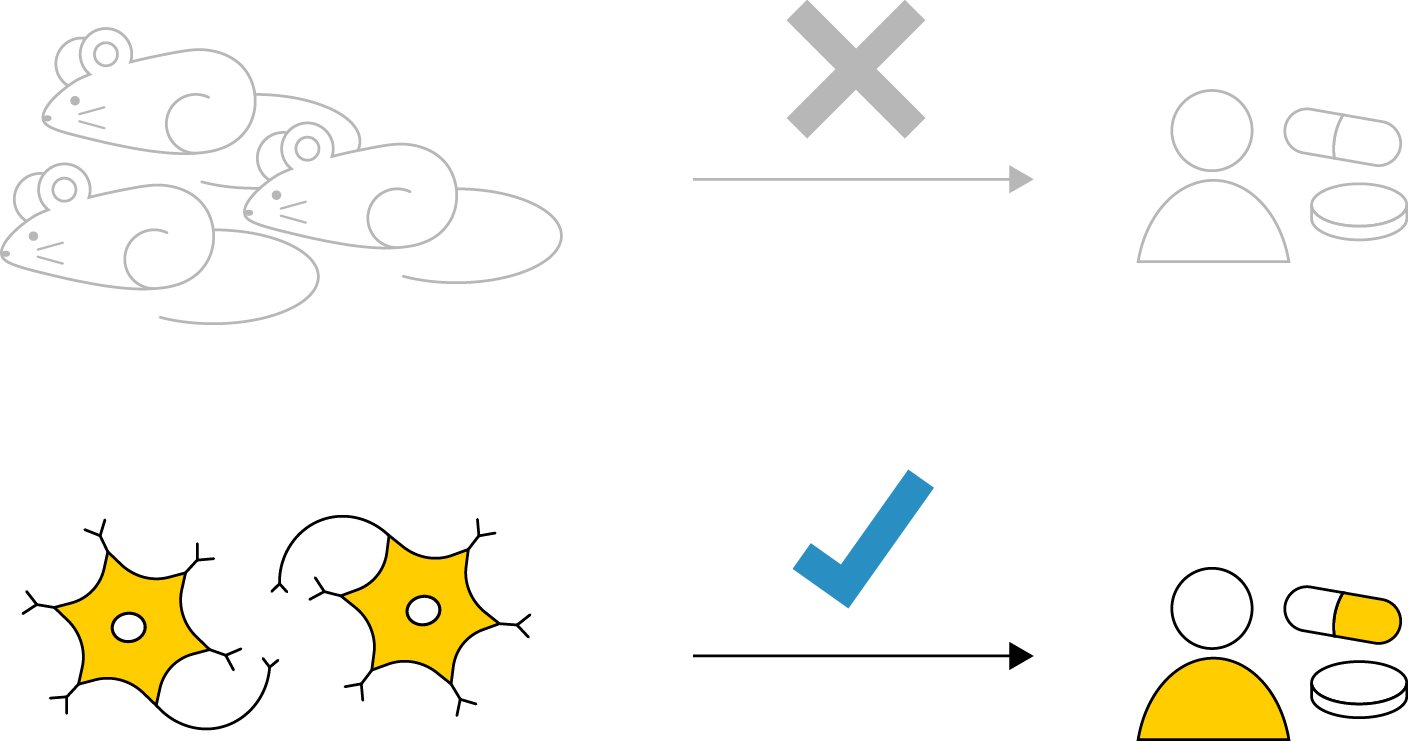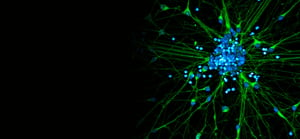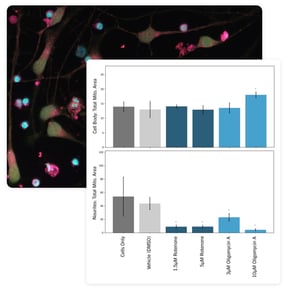MITOCHONDRIAL DYSFUNCTION: A HALLMARK OF MANY NEURODEGENERATIVE DISEASES
Assessing mitochondrial health in early-stage drug development is proving crucial in understanding drug candidates' impact on the broader, cell-health continuum. As mitochondrial malfunction is increasingly implicated in the onset of neuronal dysfunction/death in diseases such as Alzheimer’s, Parkinson’s, and dementia, efforts in developing drugs that mitigate these effects are expanding.
Our Ready-2-Go Assay Service provides multiplexed measurements of mitochondrial quantity, location, and functionality using human, iPSC-derived, glutamatergic neurons.
KEY FEATURES
![]()
Uses human, iPSC-derived neurons
![]()
Multiplexed measurements of mitochondrial location and function
![]()
Only 6-8 weeks from assay to report
![]()
Option to bundle R2G Services or transition to Custom Services
AVOID SPECIES DIFFERENCES WITH HUMAN, iPSC-DERIVED NEURONS
The use of animal models or immortalized cell lines limits clinical translatability. We use human, iPSC-glutamatergic neurons to help bridge the gap between the bench and clinic.

RELATED READY-2-GO SERVICES
Browse related Ready-2-Go assay offerings. For custom assays, check out our Custom Services.
![]()
R2G NEUROTOXICITY
Multiplexed readouts of viability and apoptosis.
Learn more
![]()
R2G NEURITE OUTGROWTH & NEURITE NETWORK DYNAMICS
Quantification of neurite outgrowth and changes in established neurite networks using human, iPSC-derived neurons.
Learn more
![]()
R2G MICROGLIA PHAGOCYTOSIS
Measure uptake of a fluorescent bacterial bioparticle by human, iPSC-derived microglia.
Learn more



